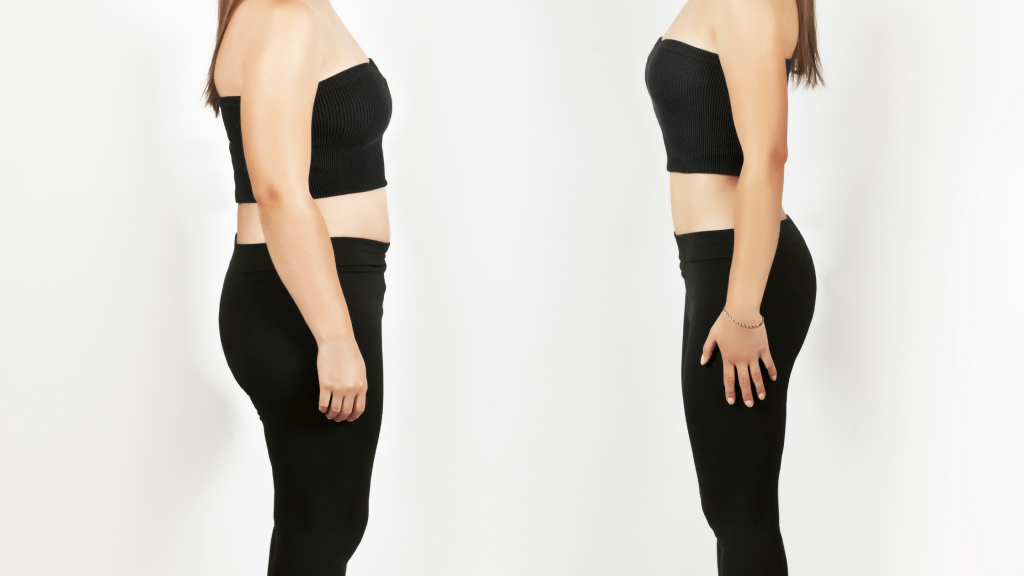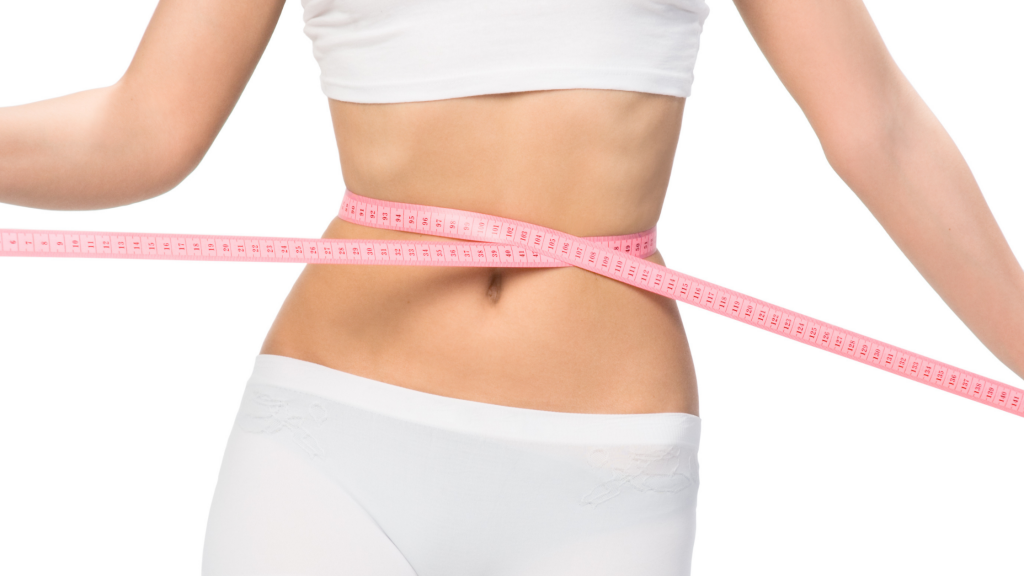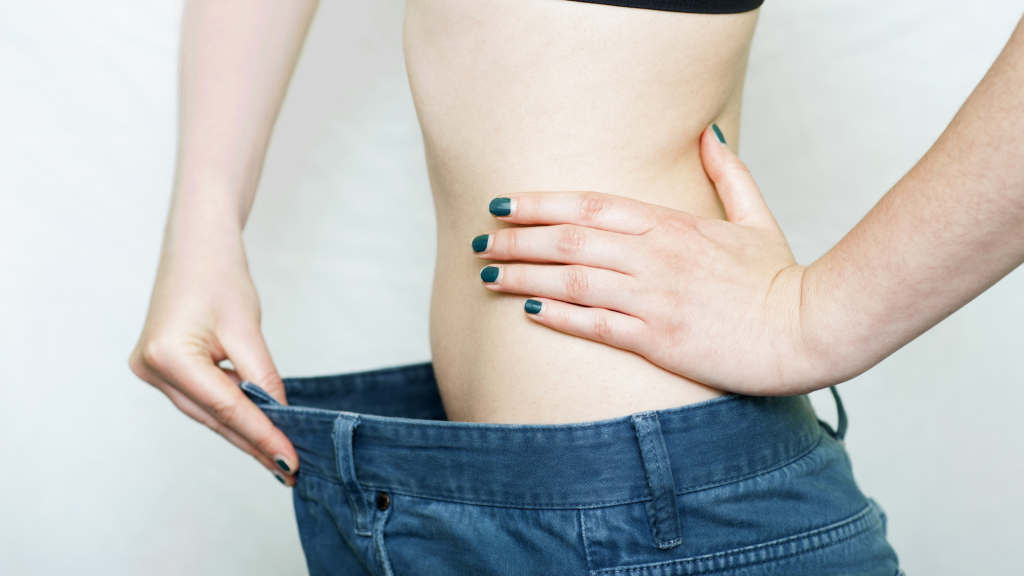First of all, let it be clear, tracking your progress is very important! You have to track your progress but THE NUMBER ON THE SCALE DOES NOT DEFINE YOU!
Because being healthy is ultimately about feeling healthy - it has very little to do with a number on a scale.
When you strength train and eat properly, your body tends to only shed fat while keeping the muscle you already have. Compare that to crash dieting and hours of cardio where your “weight loss” will be greater…but you’ll be losing both muscle and fat (and leave you looking and feeling like a weakling). By tracking your body composition in more than one way, you’ll have a more accurate view of your progress.
Don’t track everything on a day-to-day basis. Our bodies are incredibly complex pieces of machinery where all kinds of crazy stuff happen all day and all night. Our weight can fluctuate over the course of a day. Measuring EVERY day will promote an unhealthy OCD behaviour where every tiny little change will be scrutinized and blown out of proportion. So, measure yourself once a week at the same time, I advise after you wake up and before you eat breakfast. Depending on your schedule, I’d either pick Friday or Monday mornings to track all of your measurements.
Here are the best ways to track yourself OTHER than a scale:
1. Take a photo!

My favourite method. Stand in front of a mirror in a bathing suit or your underwear with your cell phone camera and take a picture. Then turn to the side and take another picture of your profile view. You might not like what you see. You might not want to look at it again, and you probably won’t want to show it to anybody. THAT’S FINE. Just take the picture, hide it in a folder on your computer, and add to it once a week. You live with yourself (duh), so it’s tough to notice changes on a day-to-day basis. However, if you have two months of week-to-week photos to look back on, you’ll be able to tell if your body is transitioning in the right way.
2. Take your measurements!

Go to a craft store and buy a cheap tape measure or buy one of these self-help tape measures. Make sure your measurements are taken in the morning and not after your workout. Also, make sure you measure the same location each week – kind of weird, I know, but I pick freckles on my arms and legs so I know exactly where to measure each week. Take a circumference measurement at each of these spots and write it down:
- Neck (for most people, this is the thing that connects your body to your head)
- Shoulders (both arms down at your side, at the widest point from shoulder to shoulder)
- Chest (lift up your arms, wrap the tape measure around your chest, just above the nipple, and then lower your arms) -Bicep (either left or right, but be consistent)
- Waist (at the belly button for consistency)
- Hips (measure the widest part of your hips)
- Thigh (left or right, but pick the same spot on your thigh each week)
3. Clothes!

Yes! Clothes can be a good indicator of weight loss. One drawback is that clothes can stretch. Jeans can be tight after coming out of the dryer but then loosen over time.
Remember being healthy is ultimately about feeling healthy - it has very little to do with a number on a scale.

